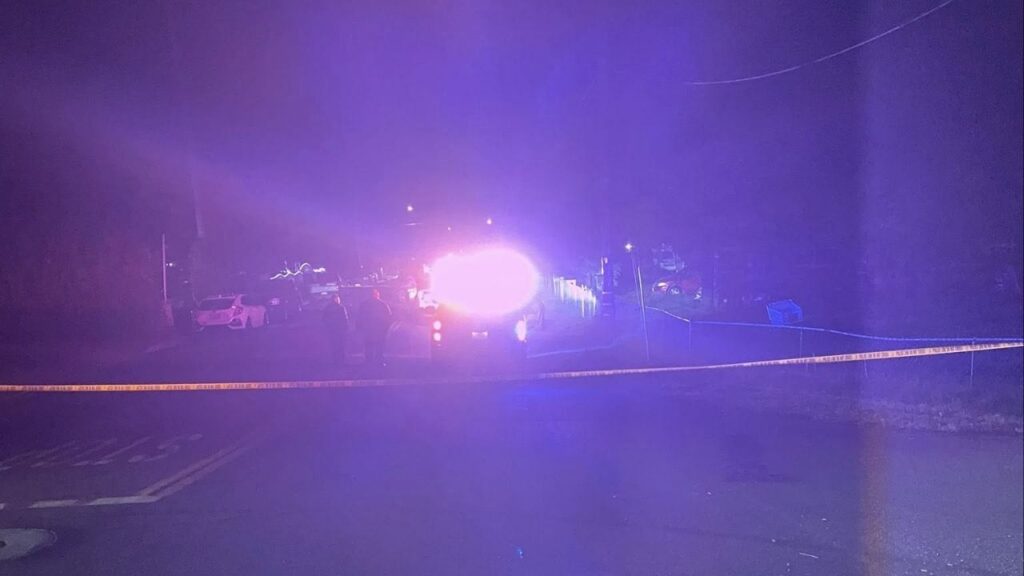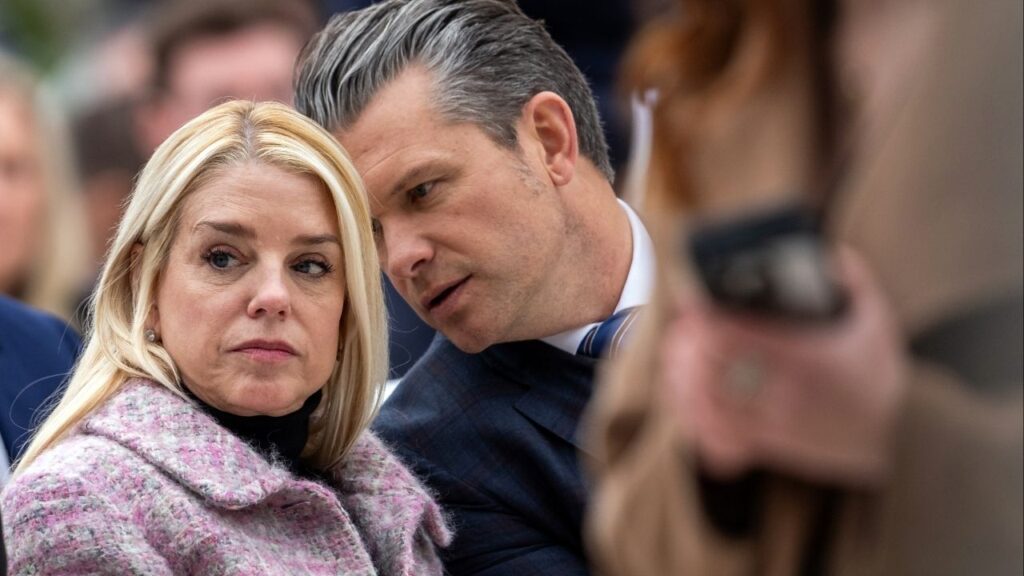Share
|
Getting your Trinity Audio player ready...
|
In this era of exodus, if you want to see the future of California, you have to leave the state.

Joe Mathews
Opinion
I got an unexpected glimpse of that future recently in Bend, a small city in east-central Oregon.
I spent most of my time in Bend at the new high school on the city’s southeastern edge. Caldera High School, and its two pristine baseball fields, hosted the regional tournament for the best 14-years-and-under all-star baseball teams in the West.
My hometown team, from South Pasadena, had won the Southern California championship for the first time our Little League’s history. In Bend, our children’s friends would compete against the champions of Northern California and nine other states—Arizona, Nevada, Oregon, Washington, Montana, Idaho, Utah, Alaska and Hawaii.
That might sound like a diverse Western gathering. But the families of the other teams included so many former Californians that the whole thing resembled a Golden State reunion. That was no surprise. In recent years, departures from California have accelerated—contributing to a historic population decline, and historic growth for neighboring states and their communities.
Bend itself is a remarkable example. The city has nearly doubled its population since 2000, topping 100,000 during a pandemic surge. And Bend has made plans to accommodate even faster growth, with projections suggesting 300,000 people could live there by mid-century.
Many new arrivals in Bend, a local restauranteur explained, come from two groups of pilgrims: Californians and Mormons. (Bend once ranked #4 on a Deseret News list of best places to raise an LDS family outside Utah.) They are looking for cheaper houses (median house price: $462,000) and good schools. For the outdoors-minded, the place is a paradise of good weather, parks, trails through the Cascades, kayaking on the Deschutes River, and skiing on Mount Batchelor.
Caldera High, where the baseball tournament took place, is a $140 million demonstration of Bend’s ambition. It’s a self-proclaimed “school of the future” with a glassy, open-concept design. It has every kind of program (from health sciences and engineering to language immersion) for its rapidly growing enrollment; 60-some classrooms and nearly as many “collaboration spaces”; a special staircase designed for sitting and hanging out; and a stunning central library that ties the whole structure together.
This father of three schoolchildren wishes California communities could build campuses of such ambition. But such schools would be too expensive given our land and construction costs—and also unnecessary, given the drop in the numbers of school-age children and public school students around the state.
As we watched the baseball games, construction crews were building a large community of new homes beyond the outfield fences. I marveled openly at the growth.
Parents from other teams in the tournament seemed less impressed. Many had previously lived in California, but now live in fast-growing places in the West that are much like Bend. That makes sense, of course. Building a great local baseball program is easiest in places with more new families, more children, and more prosperity.
South Pasadena opened the tournament against the Nevada champion team from Summerlin, a prosperous master-planned community in Las Vegas that has been among the fastest-growing places in the United States over the past 30 years. Next up was the Idaho champion, from Coeur d’Alene, the fastest-growing metropolitan area in the fastest-growing state in the nation, according to census data.
Other teams came from the Tucson metro region, which just surpassed one million in population, and Washington County, Utah, which has seen recent annual population increases of 5 percent. Our team suffered its first loss to Mercer Island, Washington, a highly prosperous community in metropolitan Seattle, the most common destination for people leaving California’s Bay Area.
Even the Northern California champion fit this growth pattern. That team was from Dublin—the East Bay exurb that was California’s fastest growing city between 2010 and 2020. The Dublin squad—wearing uniforms of a very Irish green—eventually eliminated our team.
Leaving Caldera High to make the long drive home, we drove south toward Crater Lake—a body of water that formed in a caldera, as the national park signs explained to us.
A caldera is the cauldron-like depression that forms when a volcano collapses after erupting powerfully and emptying out the magma chamber that had previously supported its weight.
To me it sounded much like California—a human volcano that is now spent, after spitting out people and their ambitions to neighboring states.
About the Author
Joe Mathews writes the Connecting California column for Zócalo Public Square.
RELATED TOPICS:
Categories

US Supreme Court Turns Away Appeal of Texas Library Book Ban

Tulare County Deputies Investigating Deadly Ivanhoe Shooting

Must the Military Disobey Unlawful Orders? Pam Bondi Has Said Yes.















